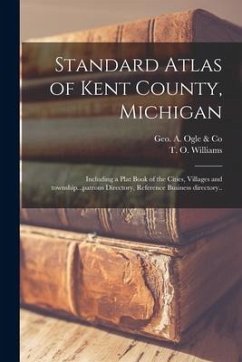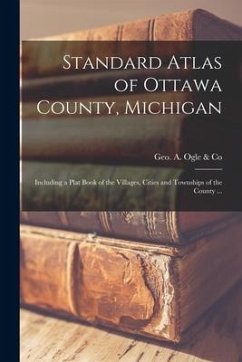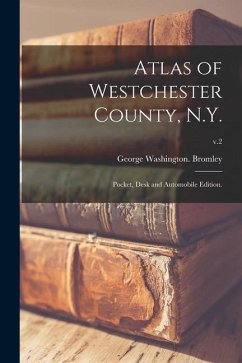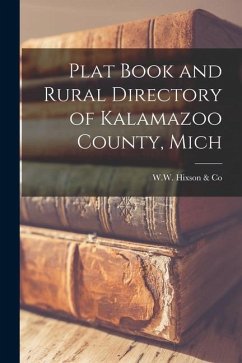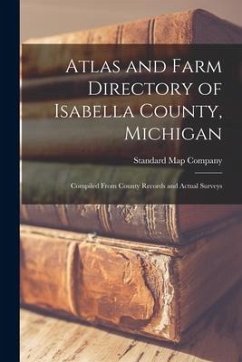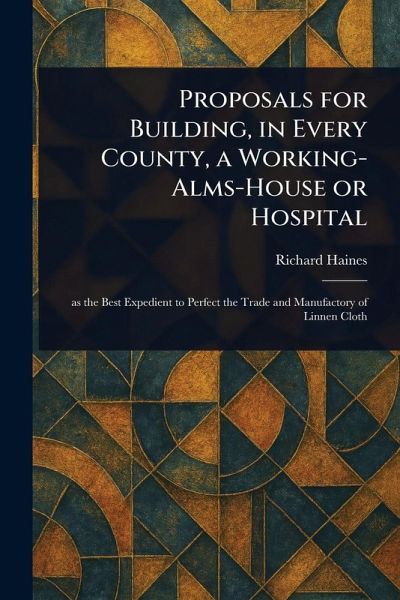
Proposals for Building, in Every County, a Working-Alms-House or Hospital
Versandkostenfrei!
Versandfertig in über 4 Wochen
14,99 €
inkl. MwSt.

PAYBACK Punkte
7 °P sammeln!
Richard Haines' "Proposals For Building, In Every County, A Working-Alms-House or Hospital: As The Best Expedient To Perfect The Trade And Manufactory Of Linnen Cloth" offers a fascinating glimpse into 17th-century social and economic thought. This meticulously reproduced edition presents Haines' detailed proposals for addressing poverty and bolstering linen manufacturing in Great Britain. Delve into the historical context of early workhouses and explore Haines' suggested reforms. A significant work in the history of economics and social reform, this book sheds light on approaches to poverty r...
Richard Haines' "Proposals For Building, In Every County, A Working-Alms-House or Hospital: As The Best Expedient To Perfect The Trade And Manufactory Of Linnen Cloth" offers a fascinating glimpse into 17th-century social and economic thought. This meticulously reproduced edition presents Haines' detailed proposals for addressing poverty and bolstering linen manufacturing in Great Britain. Delve into the historical context of early workhouses and explore Haines' suggested reforms. A significant work in the history of economics and social reform, this book sheds light on approaches to poverty relief and the development of industrial practices during a pivotal period. Haines' proposals offer insights into the social challenges and potential solutions considered at the time. Students of social science, economic history, and the history of technology will find this a valuable and informative resource. Experience the original arguments and ideas that shaped early discussions around industry and societal welfare. This work has been selected by scholars as being culturally important, and is part of the knowledge base of civilization as we know it. This work is in the public domain in the United States of America, and possibly other nations. Within the United States, you may freely copy and distribute this work, as no entity (individual or corporate) has a copyright on the body of the work. Scholars believe, and we concur, that this work is important enough to be preserved, reproduced, and made generally available to the public. We appreciate your support of the preservation process, and thank you for being an important part of keeping this knowledge alive and relevant.





![Pensions for Hospital Officers and Staffs [microform]. Report of a Sub-committee of the Executive Committee of King Edward's Hospital Fund for London Cover Pensions for Hospital Officers and Staffs [microform]. Report of a Sub-committee of the Executive Committee of King Edward's Hospital Fund for London](https://bilder.buecher.de/produkte/66/66144/66144214n.jpg)



